YES, that is a dog butt! (and a very irritated one!)
Nothing is worse that smelling the secretion of anal glands, or having to extract them. Even worse, having your precious pup spread that nasty stuff all over your carpet!
It is much more common is some breeds. But just for your quick education:
Dogs have two anal glands, positioned at around 10 o’clock and 2 o’clock on the “Anus Watch”. The anal glands sit just inside the rectum and create a nasty, musty, sickeningly odoriferous “gunk”. This “gunk” normally should express with your dog poops. If stools become abnormal (too soft, diarrhea, too hard) – the normal expression of these glands can be interrupted; they can become too full, and result in the dog scooting its butt across the floor trying to relieve the over full glands.
Unfortunately, this entire anal gland experience usually gets many owners into a trap of having the anal glands expressed repeatedly. Actually, too much expression of the anal glands actually results in trauma and irritation to the gland, much like popping a zit. The expression of the gland can actually drive fecal bacteria into the gland opening as well, resulting in an anal gland infection or a more serious anal gland abscess.
(There are situations of course, in which veterinarians should express the anal glands. However, the majority of dogs out there should not have this routinely done.) In some RARE situations, the glands may not be placed correctly. I had one that was tilted wrong, and a vet had to do surgery, after that…all was well!)
Nobody wants the “Boot Scootin’ Boogie” Going on in their home, so Holistically – I have found great ways to “deal and heal” faster and easier. As soon as you see the scooting begin, grab a bottle of our Wound Care Blend and dab it gently on the anus with a clean, cotton cloth. Not only with moisturize, soothe, and take out any “itchiness”, it will mask the anal gland smell, and deodorize any areas where the anus has touched (floor, couch, etc). PLUS!, if there is an infection festering, this will address that as well. It is diluted enough for you to be able to take a Q-tip, cover it with the Wound Care blend, and gently insert into the anus, with a slow, twisting motion, being careful to cover the areas where the anal sacs are located. You may apply the Wound Care Blend as often as needed.
Nutritional deficiency is a major cause of EVERY sort of condition, and dogs that have chronic issues with their anal glands need some nutritional supplements. I HIGHLY recommend NuVet canine supplement: Click Here to order NuVet
No, not all dog foods are created alike, and dog foods do not routinely include live enzymes, fatty acids, anti-oxidants and probiotics. I have only found one kibble that I have recommended for 15 years that includes enzymes, probiotics, fatty acids and is glutten-free (anti-inflammatory). It also includes essential fatty acids CRITICAL to dog’s nutritional needs:
Click Here to Order Life’s Abundance Dog Food
But the BEST answer to anal glands, honestly, is a diet that is not only nutritionally complete, but is also species-appropriate with a HIGH QUALITY protein and includes the meaty bone meal that our dogs were created to eat in their diet. If there is not enough substance and fiber to the stool, as it comes out, it will not empty the anal glands correctly. Simply changing to a Biologically Appropriate Raw Diet (BARF–Biologically Appropriate Raw Food) can eliminate this problem.
Click Here to order our Wound Care Blend
Photo credit:


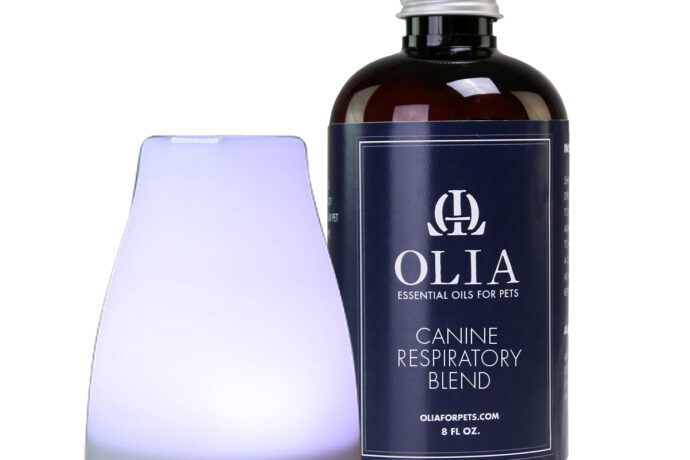
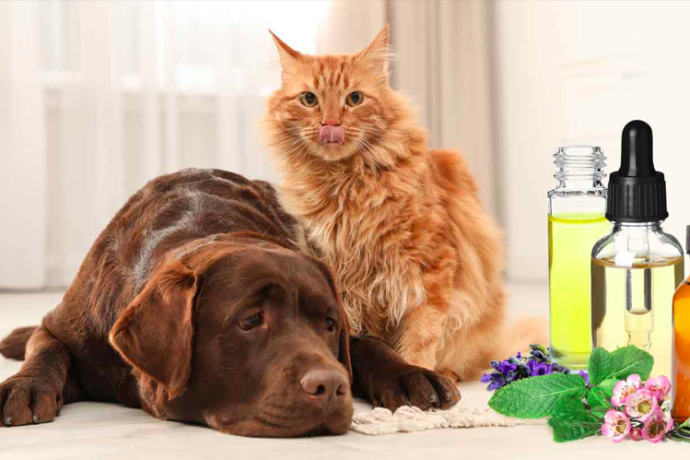
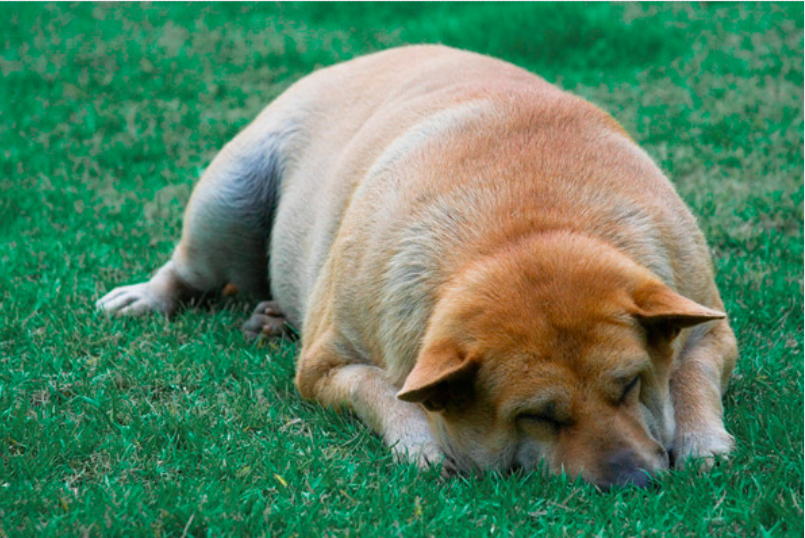
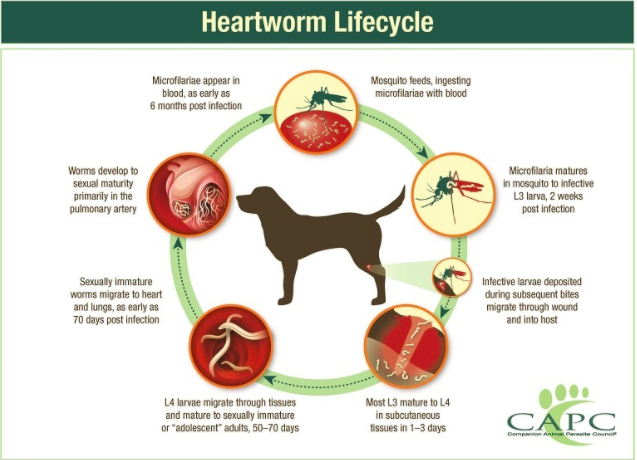


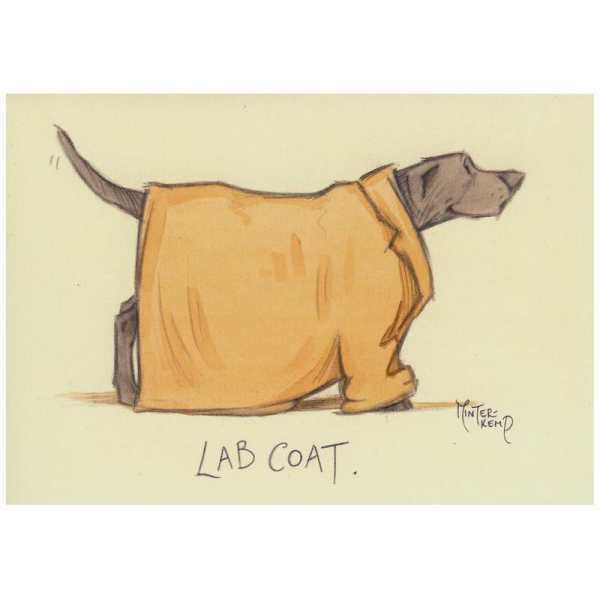


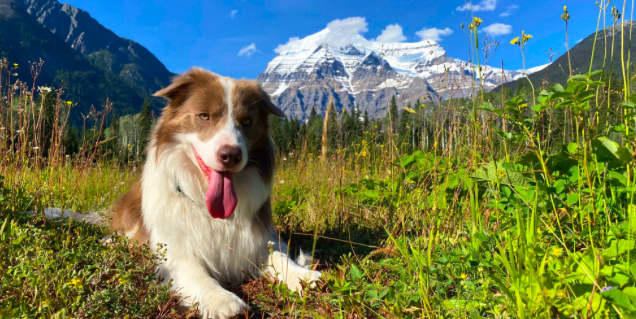
Leave a comment